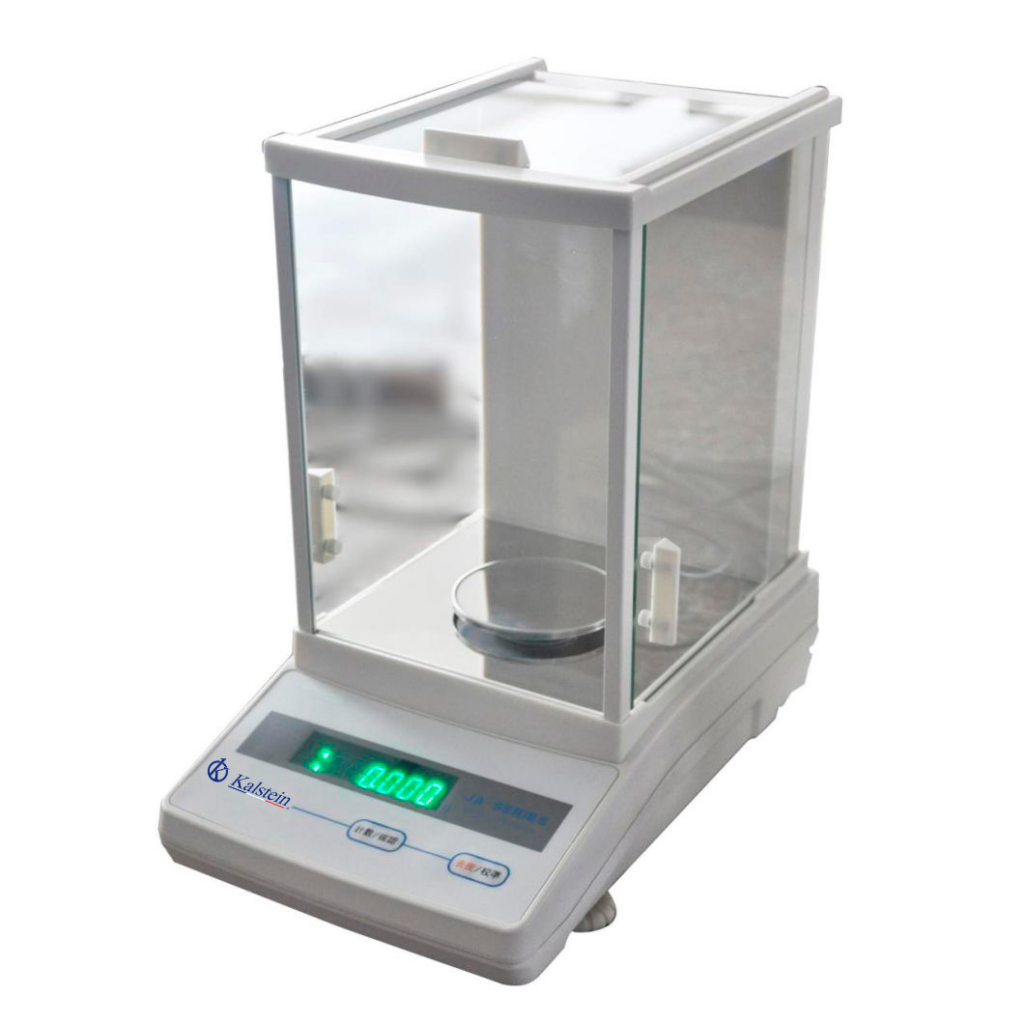How do you read the Baby Scale?
Nowadays, the baby scales have become the instrument of greater development in pediatric units and in the daily routine of parents. From its manufacture to its use, it has measurement systems expressed in kilograms, pounds or grams, becoming the closest medium to perfection, allowing to demonstrate a reliable value about the weight of the child. This equipment was previously used only to measure the quantities of the mass, now they allow to have a record with respect to the previous weighing and the baby’s measurement.
What Technology Does Baby Scale Use?
Baby scales are ideal weighing units to measure the mass of the infant, it has digital technology for accurate measurement, and is reflected in numbers through an LCD screen. Such units are usually used on a medical and personal level, where the primary goal is the exact weight and measurement of the baby.
Use of the Analytical Balance to Manufacture HIV Antiretrovirals

In the manufacture of antiretrovirals for the treatment of HIV patients, the analytical balance is very useful as it provides a reliable measure of the medicinal products that are part of the mixture.
Advantages of the Analytical Balance for the Manufacture of Monkeypox Vaccines
The analytical balance in a precision instrument that allows the measurement of weights with a level of precision that can reach up to the tenth or hundredth of milligram. This instrument is present in any research laboratory where it is required to measure very small masses of substances, accurately and accurately, requirements that are required in the manufacture of drugs and vaccines, such as the monkeypox vaccine.
Importance of the Analytical Balance for the Development of Medicines against Osteoporosis
Firstly, for weighing the measurements of small samples in the laboratory, it is necessary that they have sophisticated equipment that provide confidence and accuracy in their functions, and analytical scales are the ideal devices for the processes of the pharmaceutical industry, because they are present in the production of any type of chemical analysis.
Steps to use an analytical balance
The analytical balance is a measuring instrument that has a high degree of precision, but which in turn requires experience and skill from the operator. Its creator was the Scottish chemist Joseph Black in the year 1750, from there this type of balance has become an important scientific instrument to obtain accurate measurements.
What are the types of laboratory balances?

Laboratory balances are instruments that allow determining the weight of a body, that is, they are responsible for measuring the mass of a body under a very small range of uncertainty, therefore, they usually offer very precise measurements as a result, so they are essential equipment in analytical, chemical and formulation operations in industries, pharmaceutical laboratories and quality control.
Differences between analytical and electronic balance
Balances are instruments whose purpose is to measure masses of bodies in greater or lesser quantity. They are characterized by their accuracy, their precision and their sensitivity. The first quality refers to the property that any physical instrument possesses to supply the result of a measurement with a value coinciding with the true one; this implies that the error is as small as possible.
Common Mistakes When Using an Electronic Balance
Electronic balances are highly valued measuring equipment for chemical, analytical and formulation operations in quality industries and laboratories. They are used, like scales in general, to measure the mass of a body or substance, only that as this is a precision balance, the measurement is exact.
How to use an analytical balance correctly?
The balance is a piece of equipment that measures the mass of a specific body, providing accurate data about its weight. Among the many existing models, the analytical balance that has a high power of rigor stands out, since with it great precision can be obtained.
